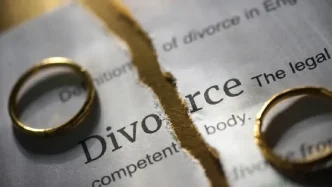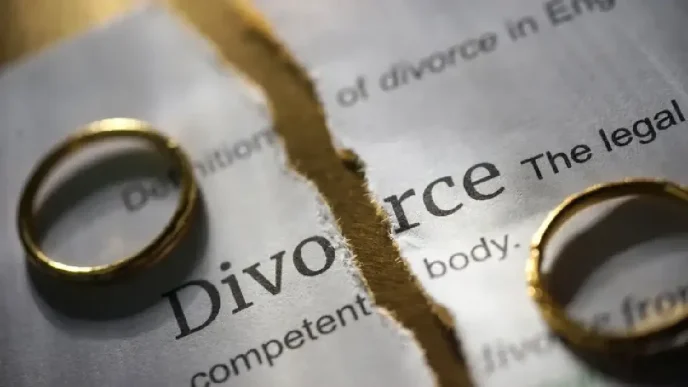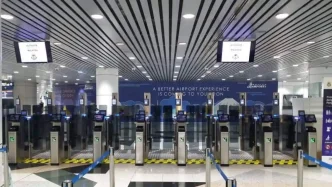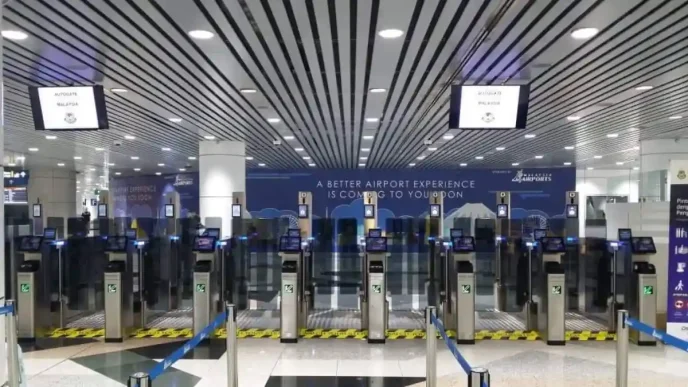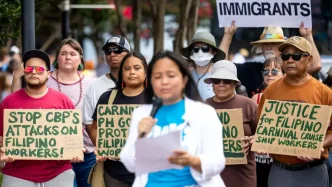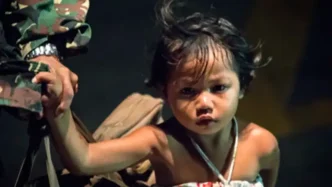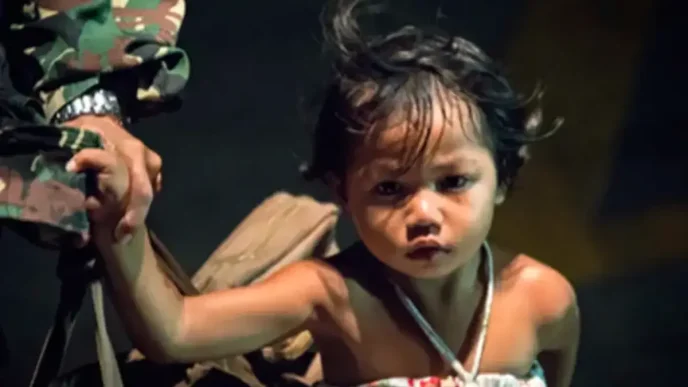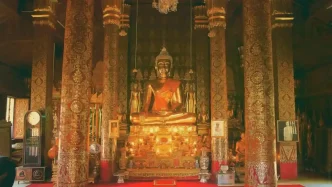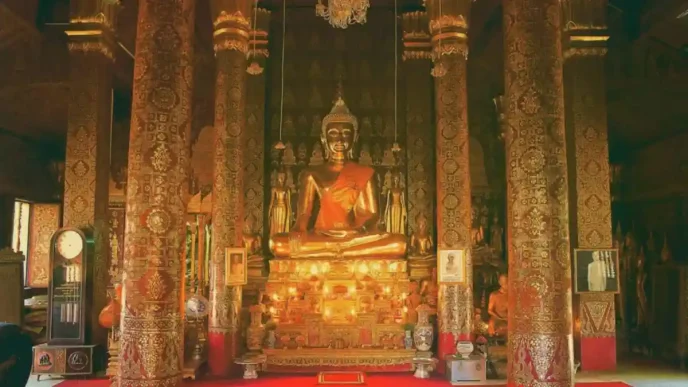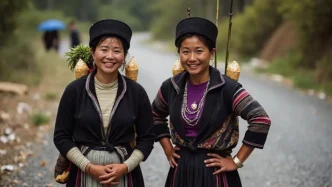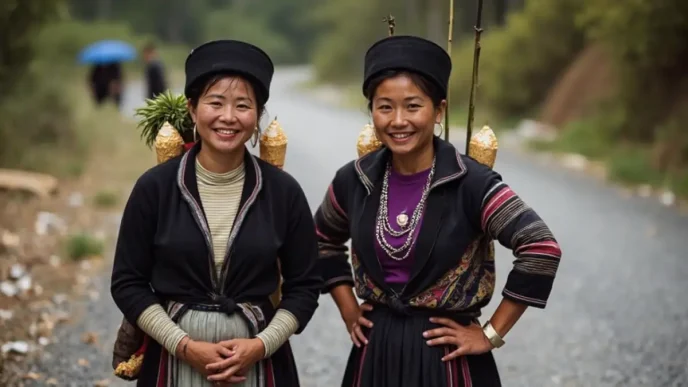As wedding season approaches in Malaysia, couples across the country are preparing to celebrate their unions, often with the help of skilled professionals who blend tradition with modernity. From the intricate rituals of Malay weddings to the symbolic ceremonies of Chinese traditions, the nation’s wedding industry reflects a rich tapestry of cultural heritage. Yet, as societal norms evolve, the guardians of these customs—wedding planners, makeup artists, and ceremonial guides—are navigating a delicate balance between preserving the past and embracing the future.
In the heart of Kuala Lumpur, two remarkable women, Istiadziah Ishak and Siti Athirah Md Yusof, embody this intersection of tradition and innovation in the realm of bridal makeup artistry. Meanwhile, experts like Joseph Khor, a traditional Chinese wedding chaperone or “dai kam,” ensure that age-old customs continue to hold meaning for younger generations. Their stories highlight the resilience of cultural practices in the face of modernisation and the enduring importance of weddings as a celebration of identity.
A Custodian of Fading Traditions
Istiadziah Ishak, 55, has dedicated nearly four decades to her craft as a “mak andam,” a traditional Malay wedding consultant whose role extends far beyond applying makeup. With 38 years of experience, she inherited her skills from her grandmother in 1998, learning not just the art of bridal adornment but also the rituals, taboos, and symbolic practices that once defined Malay weddings in communities like her hometown of Kuala Pilah.
“It wasn’t just about makeup; it involved rituals, taboos, and traditions passed down through generations,” Istiadziah recalls. Her work as a mak andam includes arranging symbolic blooms and preparing ritual rice grains—customs that are increasingly being replaced by simplified ceremonies as younger generations opt for convenience over complexity. “Traditions are vanishing,” she laments. “In my hometown, the craft is fading as elders pass on, and fewer young people are interested in learning.” Despite these challenges, Istiadziah remains a steadfast guardian of her heritage. Now a senior makeup artist at Istana Budaya under Malaysia’s Tourism, Arts and Culture Ministry, she transforms performers with her artistry while occasionally taking on bridal clients who seek her traditional touch. “A wedding is a bride’s once-in-a-lifetime moment,” she says. “I stay until the very end to ensure everything is perfect.” Her adaptability—blending modern techniques with ancestral practices—offers a glimpse of hope for the survival of these customs.
The Modern Face of Bridal Artistry
In contrast to Istiadziah’s deep-rooted traditionalism, Siti Athirah Md Yusof, 31, represents the new wave of makeup artistry in Malaysia. Having left a corporate marketing job at 24 to pursue her passion, Siti Athirah was encouraged by a friend who recognised her talent. Her decision was driven not only by her love for the craft but also by the flexibility it offered. Today, her work reflects a contemporary aesthetic, tailored to the individual preferences of each bride. “Every bride is unique. I adapt to their preferences, considering their outfits, the venue, and the timing,” she explains. Despite fierce competition fuelled by the rise of social media, Siti Athirah has built a loyal clientele through word-of-mouth referrals and an unwavering commitment to quality. During peak wedding seasons, she manages up to 30 clients, often travelling across states from Penang to Sabah to meet demand. “People are always getting married,” she notes with a smile. “The demand is endless.” Her approach underscores a broader trend among younger professionals in the wedding industry: a focus on personalisation and modernity while still respecting cultural nuances. For many Malaysian brides, this balance allows them to honour their heritage while expressing their individuality on their special day.
The Timeless Significance of Chinese Wedding Rituals
While Malay wedding traditions face the risk of fading, traditional Chinese weddings in Malaysia remain vibrant, thanks to professionals like Joseph Khor, a dai kam or bride’s chaperone. Khor specialises in guiding couples through the intricate rituals that define these ceremonies, ensuring that every step—from choosing auspicious dates to performing the tea ceremony—carries cultural and spiritual significance. “These traditional wedding rituals prepare the couple both emotionally and spiritually for their marriage,” Khor explains. “We also ensure that the wedding is filled with blessings and joy to mark an auspicious start to their wedded life.” Among the most poignant rituals he oversees is the hair combing ceremony, performed on the eve of the wedding. During this intimate moment, the bride’s mother combs her daughter’s hair, often with tears in her eyes, symbolising the transition from childhood to adulthood. “Traditionally, young girls wore pigtails, and when they got married, their mothers would comb and style their hair into a bun to signify coming of age,” Khor adds.
Another cornerstone of Chinese weddings is the tea ceremony, a ritual that formally unites the families of the bride and groom. The tea, made from sweet red dates and longan, symbolises fertility and happiness, with the red dates containing seeds to represent offspring. The couple serves tea to family members in order of hierarchy, from the oldest to the youngest, while younger relatives reciprocate by serving tea to the newlyweds. “There are many details involved,” Khor notes. “The dai kam needs to be very knowledgeable about traditional wedding rituals and know a breadth of different phrases for every person. Correct words must be spoken, and each step must be performed properly.”
Khor’s dedication reflects a broader appreciation among young Chinese-Malaysian couples for the cultural weight of these ceremonies. While modern elements are often incorporated, the core rituals remain a vital link to their ancestry, ensuring that traditions endure even as lifestyles change.
A Celebration of Heritage and Modernity
The stories of Istiadziah, Siti Athirah, and Joseph Khor illustrate the dynamic nature of Malaysia’s wedding industry, where tradition and innovation coexist in a delicate dance. For professionals like Istiadziah, the challenge lies in preserving fading customs in a world that increasingly prioritises efficiency over ritual. For others, like Siti Athirah, the focus is on meeting contemporary demands while still honouring cultural roots. And for custodians like Khor, the mission is to keep ancient practices alive, ensuring they resonate with new generations.
Weddings in Malaysia are more than just personal milestones; they are a celebration of the nation’s diverse cultural heritage, from the symbolic blooms of Malay ceremonies to the auspicious rituals of Chinese traditions. As the wedding season unfolds, these guardians of tradition and modernity stand ready to help couples create memories that are as timeless as they are unique.



